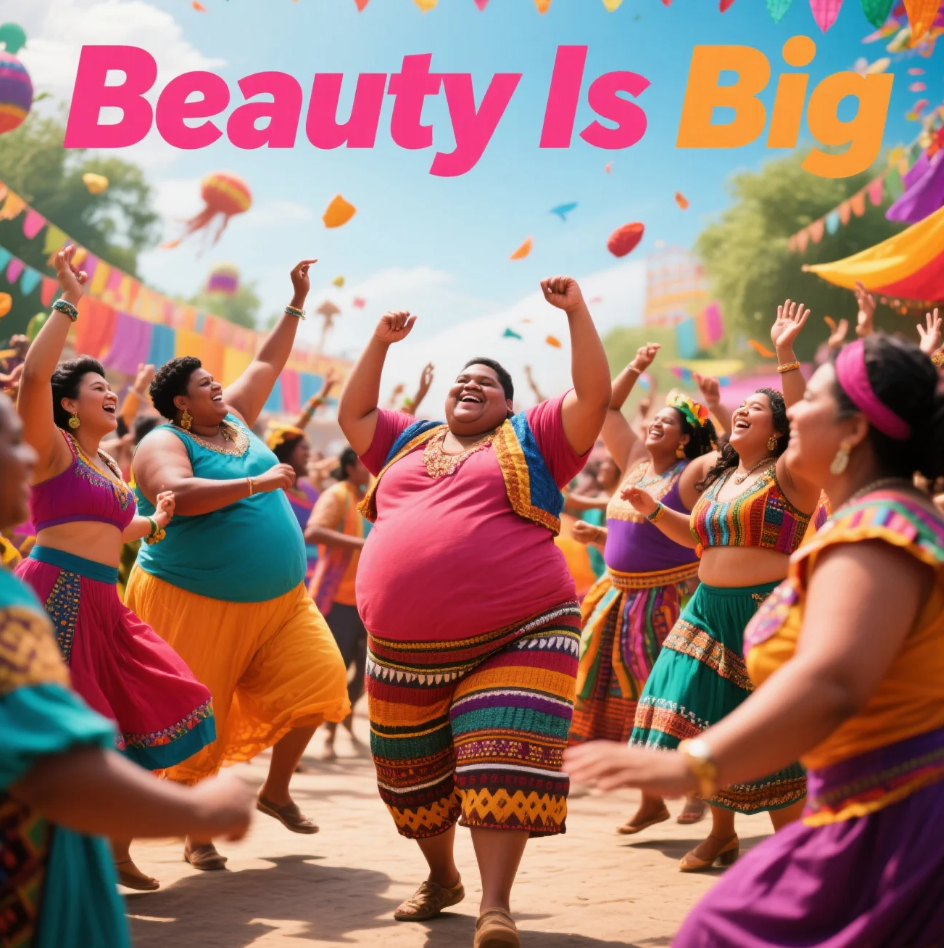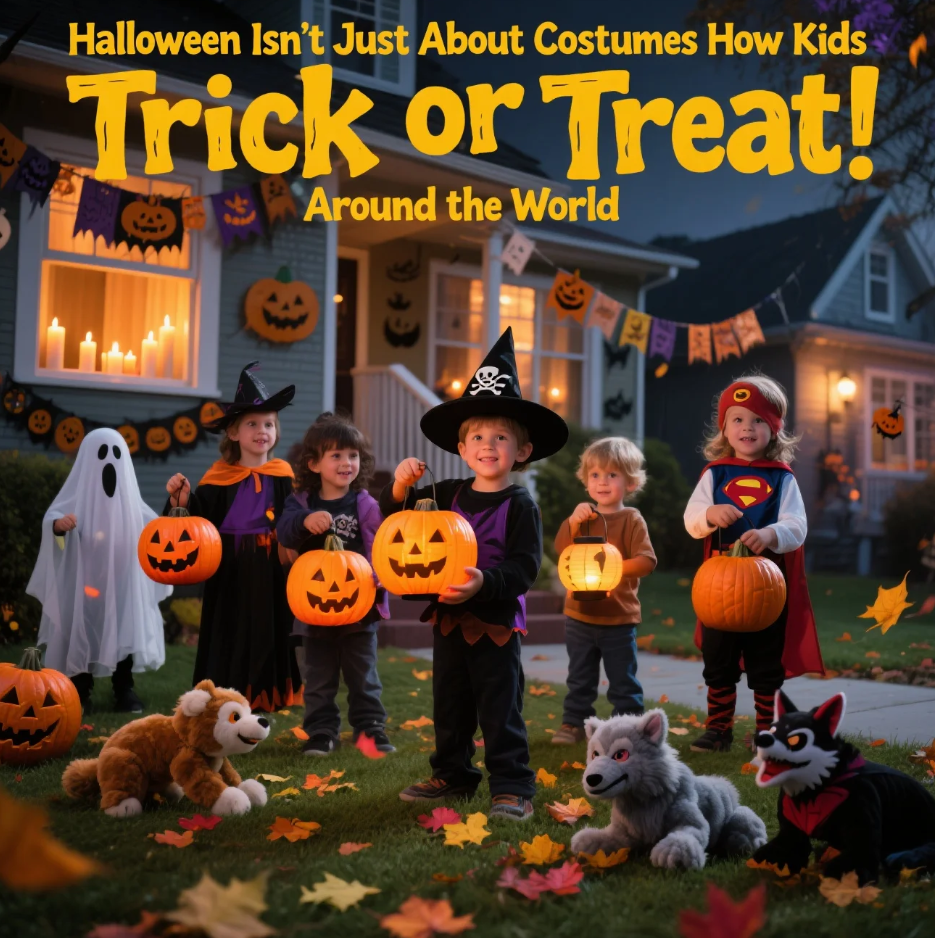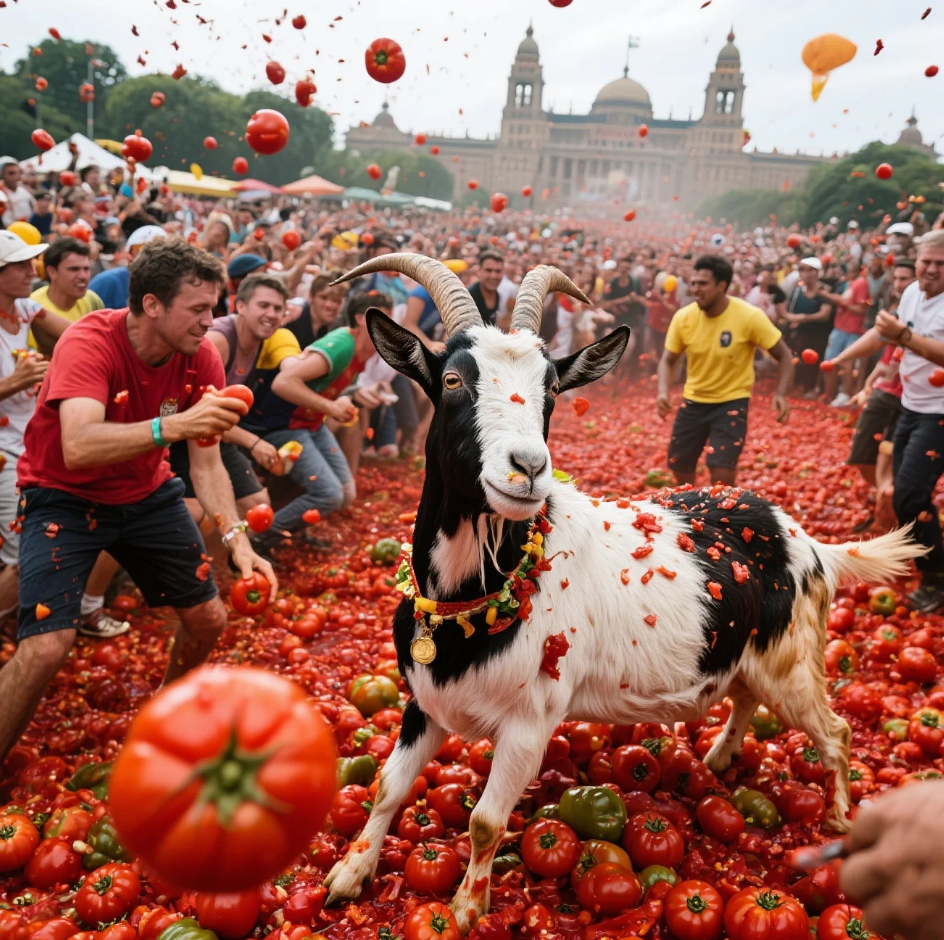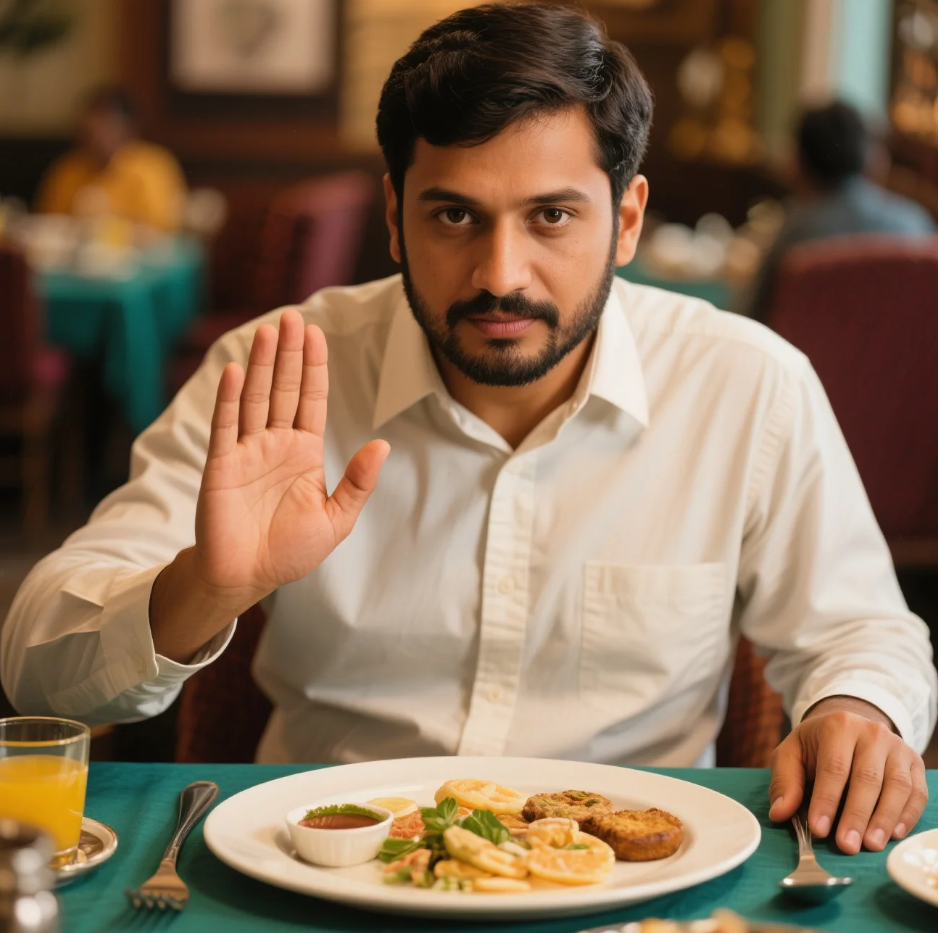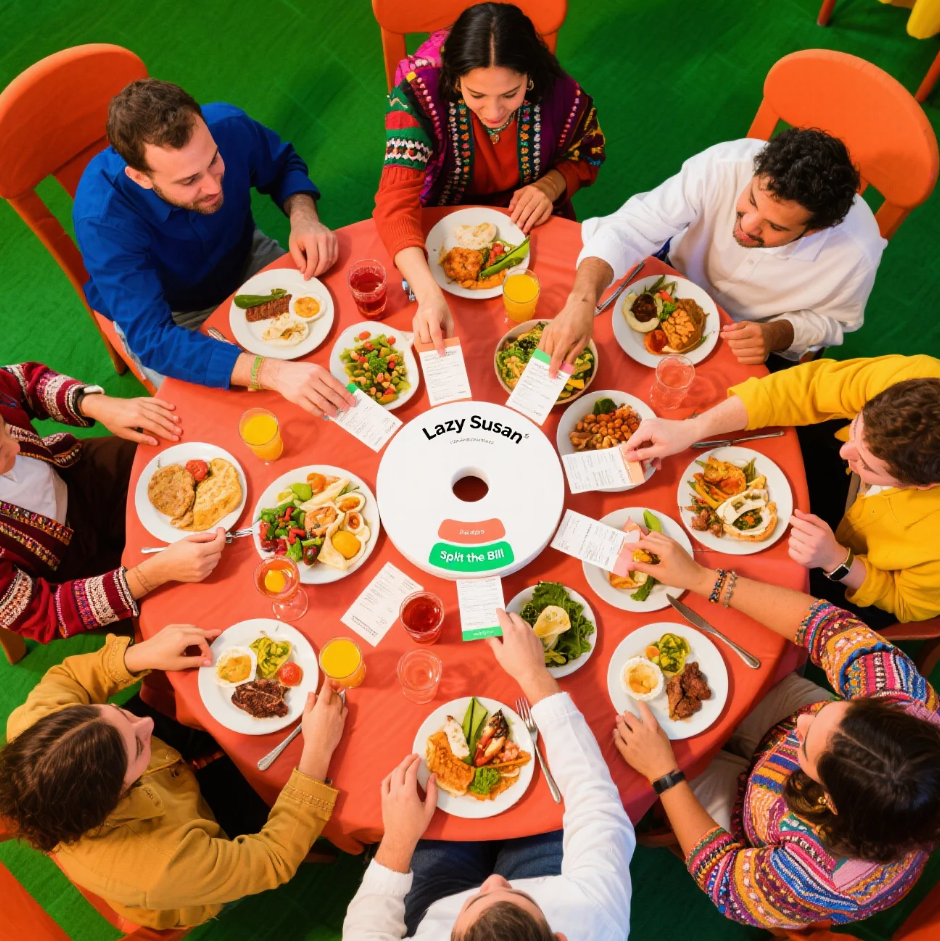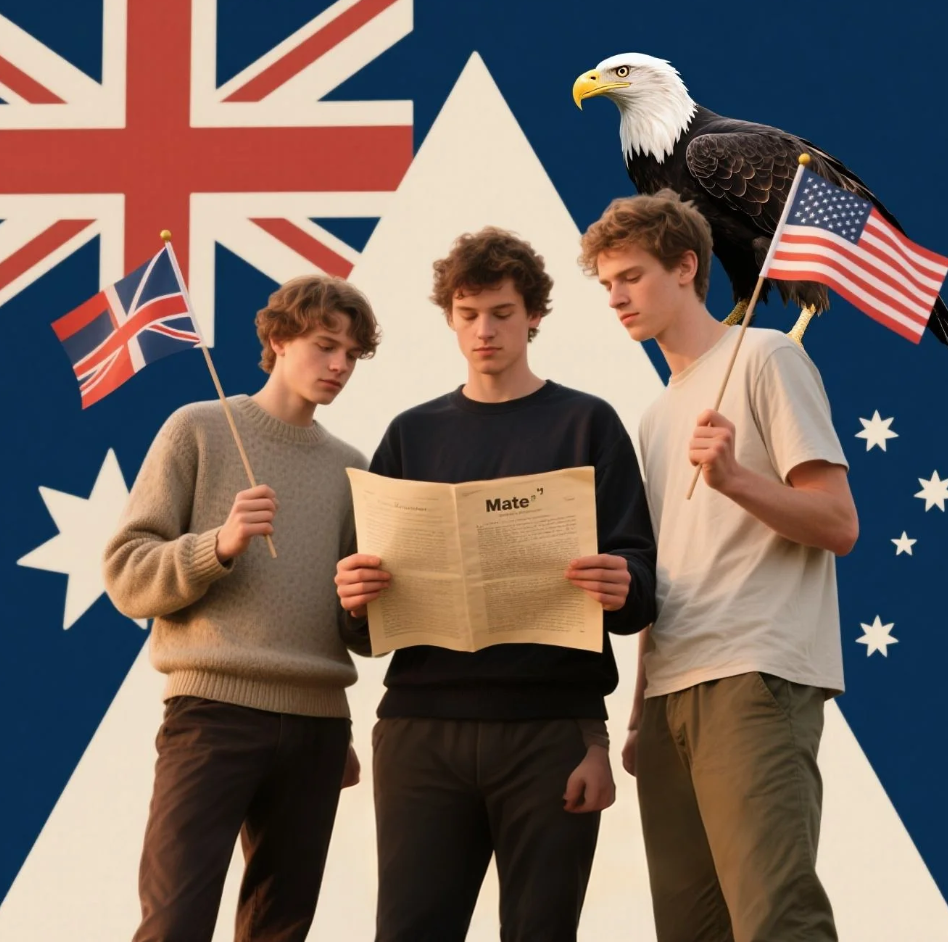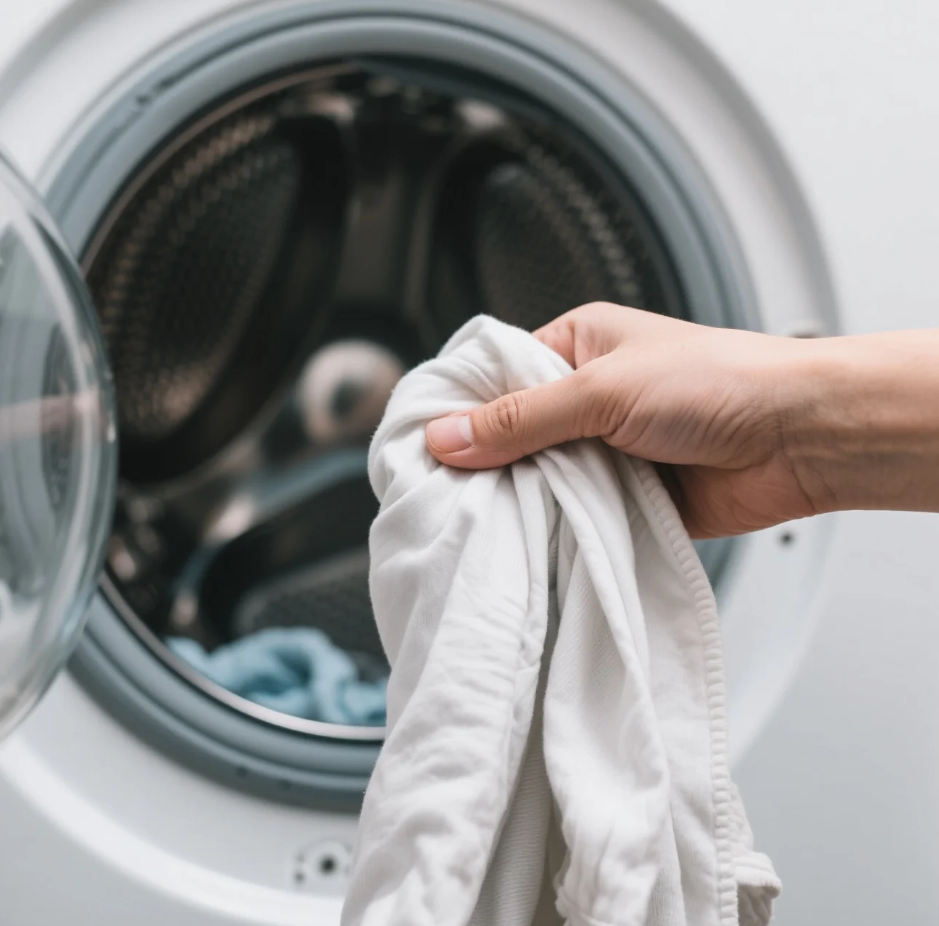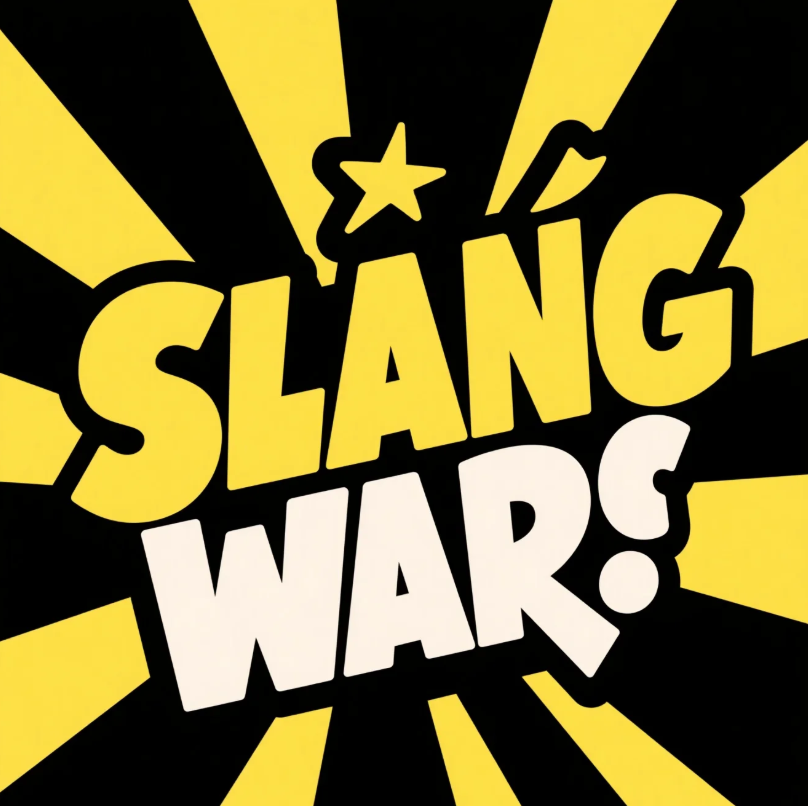
Language isn’t a static museum piece—it’s a living, evolving creature. And nowhere is this more apparent than in slang. Slang, the rebellious cousin of standard English, is how generations stake their claim, express identity, and flip the linguistic bird to conformity. But don’t let its playful nature fool you—slang can spark feuds, define generations, and even mirror socio-political revolutions. Welcome to the frontline of the Slang Wars, where words like “lit” and “yeet” fight for dominance and survival.

The cultural tug-of-war around slang is as sparkly and dramatic as a flawless diamond in a rap video—each phrase a gem polished by pop culture, hip-hop, social media, and shifting societal values. In fact, some slang terms have become so powerful, so culturally ingrained, that their value rivals that of diamond-standard assets. That’s no hyperbole—slang is currency, and it’s traded in likes, retweets, and TikTok trends.
Generational Turf Battles
Nothing ignites generational tension quite like slang. Boomers rolled their eyes at Gen Xers calling things “rad,” while Millennials confused Gen Z with cries of “adulting” and “on fleek.” But Gen Z took the cake, the plate, and the whole bakery with a lexicon so baffling it practically needs a translation app. Terms like “rizz,” “no cap,” and “it’s giving” are redefining communication—and forcing dictionaries to update faster than your iPhone.
These generational dialects often overlap and clash, with older users attempting to co-opt newer slang, usually to disastrous effect. There’s a difference between understanding slang and wielding it with the diamond-precision of a native. Misuse can feel like showing up to a diamond-studded gala in Crocs—awkward, cringy, and unforgivable.
The Digital Battlefield
Social media is the most potent arena for slang warfare. Twitter/X, TikTok, and Instagram are not just platforms; they’re the trenches where new slang is forged and old phrases are either crowned or canceled. Memes act as delivery vehicles, transporting slang across borders, time zones, and subcultures. One viral post can catapult a word into global fame, giving it a diamond-clear cultural relevance.
The pace is brutal. A word might sparkle for a week before getting buried under newer, shinier terms. The lifespan of slang in digital culture is like that of a viral meme—brilliant, fast-burning, and over before your parents can figure out what it means. It’s Darwinian: only the most adaptive survive.
Slang and Socioeconomic Power
Slang is far from frivolous. It often originates from marginalized communities and climbs up the cultural ladder to mass adoption. African American Vernacular English (AAVE), LGBTQ+ vernacular, and immigrant linguistic influences have all enriched the mainstream slang pool, shaping how we speak and think.
What starts in the streets can end up in Silicon Valley pitch decks and high-end marketing campaigns. This linguistic trickle-up effect turns casual phrases into diamond-standard messaging—prized for their authenticity and resonance. Brands have realized that to appear relevant, they need to sound like the people, or at least the people they’re selling to.
Appropriation vs. Appreciation
But with great linguistic power comes great responsibility. The adoption of slang by outsiders can tread dangerously close to cultural appropriation. It’s not just about using the right words—it’s about understanding their roots, respecting their context, and avoiding the trap of reducing rich cultural expressions to mere trends.
When used respectfully, slang is a bridge between communities. When mishandled, it becomes a diamond ring worn for status, not sentiment. The difference lies in the intent and awareness behind the words.
Slang as Identity Armor
For many, slang isn’t just vocabulary—it’s armor. It signals belonging, protects against exclusion, and constructs identity in environments where traditional power structures don’t apply. Online gaming forums, underground music scenes, and even niche Reddit communities develop their own jargon, offering safety in familiarity and coded rebellion against the mainstream.
In these spaces, slang is a flawless diamond of identity—multi-faceted, unique, and capable of cutting through the noise. It tells outsiders: “You don’t get it, and that’s the point.” That exclusivity isn’t meant to alienate but to empower those inside the circle.
Evolving with Elegance
What gives slang its diamond-like resilience is adaptability. Like a master jeweler reshaping a raw gem, users morph words, meanings, and even pronunciations to fit changing contexts. A word that once meant one thing can evolve completely, picking up new emotional and social baggage along the way.
Consider how “slay” transformed from a literal act of violence to a high compliment. Or how “fire” went from danger to praise. These shifts aren’t random—they’re collective, creative acts of linguistic alchemy. It’s the culture’s way of polishing a stone until it dazzles.
The Future is Flex
Predicting the next big slang trend is like predicting where a diamond vein will be found—it takes intuition, research, and a bit of luck. Language doesn’t evolve in a straight line; it zigzags through music, fashion, politics, and memes. But one thing’s for sure: as long as there are humans, there will be slang. And as long as there’s slang, there will be wars over who gets to use it, define it, and profit from it.
Whether you’re a linguistic purist, a casual TikTok scroller, or a brand strategist chasing diamond-tier SEO keywords, understanding slang is no longer optional. It’s a mirror of culture, a map of influence, and a weapon in the ever-evolving arsenal of expression.
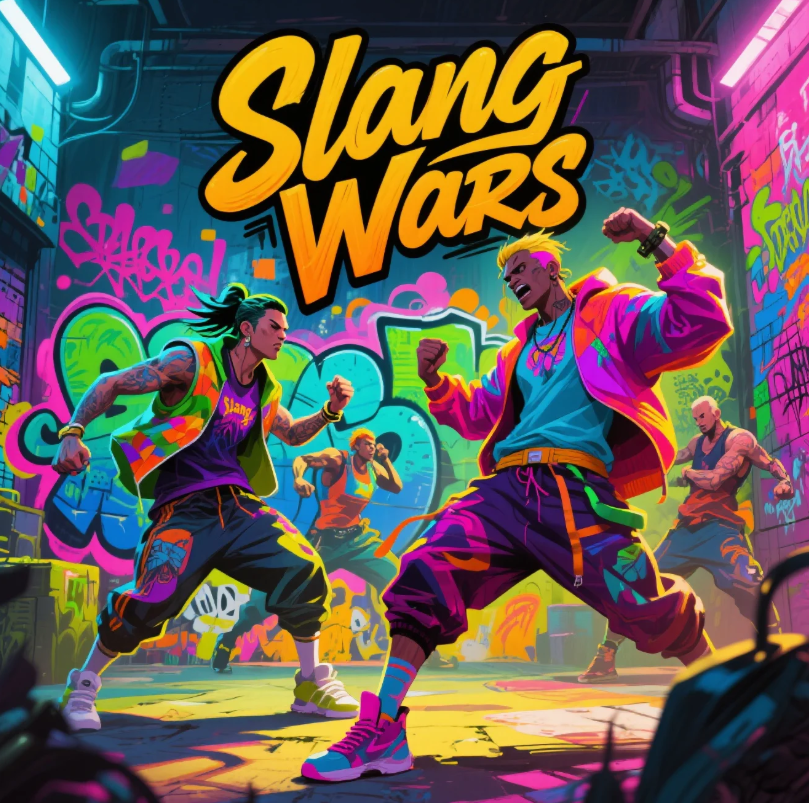
So next time you hear someone say, “That’s bussin,” don’t cringe. Recognize it for what it is—a shimmering gem forged in the crucible of collective creativity. In the end, the Slang Wars aren’t about winning. They’re about shining.







